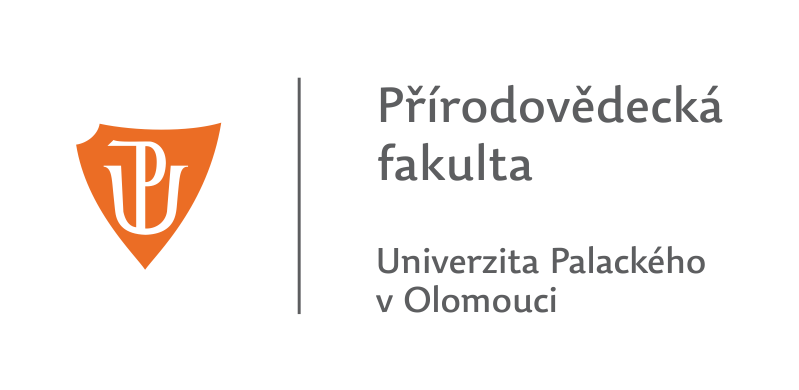Summary
This bachelor thesis had several goals, such as monitoring the growth of agricultural crops, determination of the crop type, comparison of the vegetation
indices values with the actual yield of agricultural crops and comparison of selected vegetation indices with each other
Sentinel-2 satellite imagery from growing season in 2016 and 2017 was used to achieve the work objectives. Field data was provided by RenoFarmy company.
Firstly, the data was processed and the final area of interest was identified. This area is located west of Ostrava. Subsequently the images were resampled
by the closest neighbour’s method to 10 m resolution and cut for the area of interest. To avoid incorrect values when calculating the indices, atmospheric
corrections were applied to the selected images using the Sen2Cor plugin. Afterwards, the values of vegetation indices (NDVI, CVI, SAVI and GLI) were calculated.
All analyses were realized over this data:
- crop type identification for each field by correlation between years 2016 and 2017,
- finding the crop type via the clustering method using tool SimUrb,
- comparison of index values with the actual state of agricultural crops,
- comparison of selected vegetation indices with each other.
The results show that the use of correlation method for crop type identification between two years was inadequate. The second method tested to determine the crop
type was clustering. This method, with optimal settings, is appropriate for indices and crops. The yields analysis showed that the SAVI is the most suitable index
for sugar beet yield detection, the SAVI and GLI are suitable indices for maize and index CVI is optimal for spring barley. Value of indices for possible yield
was subsequently calculated with these selected indices. This value can show if the real yield will be lower or higher than the assumed one. Due to the lack of
data, it was not possible to verify these results. It would be useful to verify them in the future. In the last analysis, it was found that NDVI, SAVI and GLI
show a high similarity but index CVI is different.
It has been found that system Sentinel-2 has excellent technical capabilities and features for monitoring vegetation. However climatic conditions and atmospheric situation
in the Czech Republic limit its functionality. Although it has a good spatial resolution compared to other satellite systems, data from Sentinel-2 probably is not good enough
for precision farming where data from much smaller parts of field are needed.
In this bachelor thesis, all goals were accomplished step by step. Results include information about vegetation indices, spectral behaviour of vegetation, system Sentinel-2
and several past researches. Were analysed the results may have the potential to determine the crops type or to predict yields for crops at a lower cost of data and processing.


